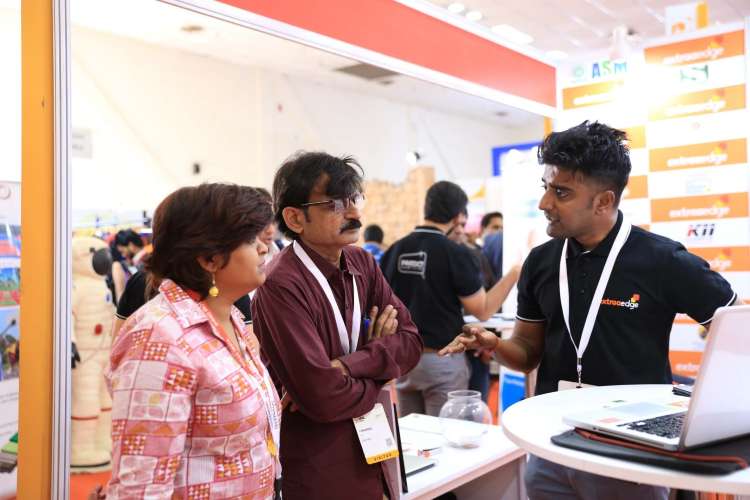India takes pride in being the world’s third-largest start-up ecosystem, with more than 1.2 lakh recognised ventures and over 110 unicorns. The numbers are impressive, but they conceal a deeper challenge. The benefits of this growth are concentrated in a few cities and industries, leaving vast parts of the country outside the circle of innovation. The launch of Startup India 2.0 seeks to correct this imbalance by widening the geography of entrepreneurship, diversifying sectors, and aligning start-ups with national development priorities.
The launch of Startup India in 2016 unleashed new energy. Young entrepreneurs sensed active state support. A recognition portal, tax incentives, quicker clearances, and the Fund of Funds offered legitimacy and visibility. Between 2016 and 2022, the number of officially recognised start-ups grew more than fifteen-fold.
The results were most visible in metros. Tech entrepreneurs found both capital and credibility. Unicorns became part of everyday conversation, and “I’m building a start-up” acquired new respectability. But the expansion was uneven. Benefits flowed largely to technology-led ventures in urban areas. Small-town and rural India remained outside the innovation map. Startup India 2.0 seeks to close that gap.
READ I Infant mortality rate shows uneven progress among states
Startup India 2.0: Inclusion and diversification
The new phase of policy support highlights three priorities — regional inclusivity, sectoral diversification, and alignment with national development goals.
Regional inclusivity: Nearly 80% of unicorns remain concentrated in a handful of cities. The second phase promises incubation hubs, state-level missions, and stronger digital infrastructure in tier-II and tier-III towns. A start-up in Jharkhand developing low-cost irrigation systems or a venture in Assam promoting eco-tourism can generate local jobs and stem migration to metros.
Sectoral diversification: So far, the story has been dominated by e-commerce, fintech, and software. But India’s future depends on solutions in agriculture, healthcare, renewable energy, and climate resilience. Startup India 2.0 emphasises agri-tech, green technologies, and health-tech. Supporting ventures that deliver AI-enabled healthcare in rural areas or solar-powered irrigation for small farmers would combine profit with purpose.
Alignment with national goals: Unicorn counts should not be the sole metric. Affordable housing, clean energy, digital inclusion, and job creation demand entrepreneurial focus. Incentives must therefore favour start-ups that address India’s pressing development challenges.
Structural hurdles to growth
Despite progress, start-ups face familiar roadblocks. Venture capital is still concentrated in English-speaking, tech-heavy urban networks. Women-led start-ups remain a minority despite special schemes. Small-town ventures struggle with compliance complexity and financing gaps.
For Startup India 2.0 to succeed, reforms must be more than announcements. Key steps include:
- Simplified taxation and compliance.
- Expanded credit guarantees for early-stage ventures.
- Regional mentorship in local languages.
- Seamless coordination between central and state start-up missions.
Global lessons are instructive. Israel earned its “Start-Up Nation” tag through sustained R&D investment, especially in defence-linked technology. Singapore leveraged public–private partnerships to attract global investors with credibility and stability. India’s circumstances differ, but the principle holds: policy clarity and credibility are the true fuel for entrepreneurship.
Playing to India’s strengths
India has the world’s largest youth population, a natural reservoir of entrepreneurial energy. But demographics alone are not destiny. Without adequate training, skills, and entrepreneurship education, the youth dividend could turn into a liability.
Startup India 2.0 must therefore integrate with skill development, vocational training, and digital literacy initiatives. Innovation should not remain confined to elite campuses. Polytechnic institutes, rural universities, and women’s self-help groups must be drawn into the start-up fold.
The obsession with unicorns risks overshadowing smaller but equally impactful ventures. A start-up in a small town employing 50 people, or one providing low-cost rural healthcare, may never hit billion-dollar valuations but could transform local economies. Startup India 2.0 must therefore celebrate sustainable small ventures as much as unicorns. The true test of an ecosystem lies in its depth, not just its stars.
Towards a startup powerhouse
India’s challenge is to move from being a start-up hub to a start-up powerhouse, where innovation permeates both rural and urban life. For this, Startup India 2.0 must widen its geography, broaden its sectors, and redefine success beyond valuations.
If start-ups become instruments of inclusion—bridging rural and urban divides, empowering women, and linking elite innovation with grassroots needs—India could emerge not just as the world’s third-largest ecosystem, but also its most inclusive and impactful. That would be the true measure of progress in the next 25 years.
Dr Chitra Saruparia is Assistant Professor, Assistant Dean (UG Council), and Director, Center for Economics, Law and Public Policy, National Law University, Jodhpur.

